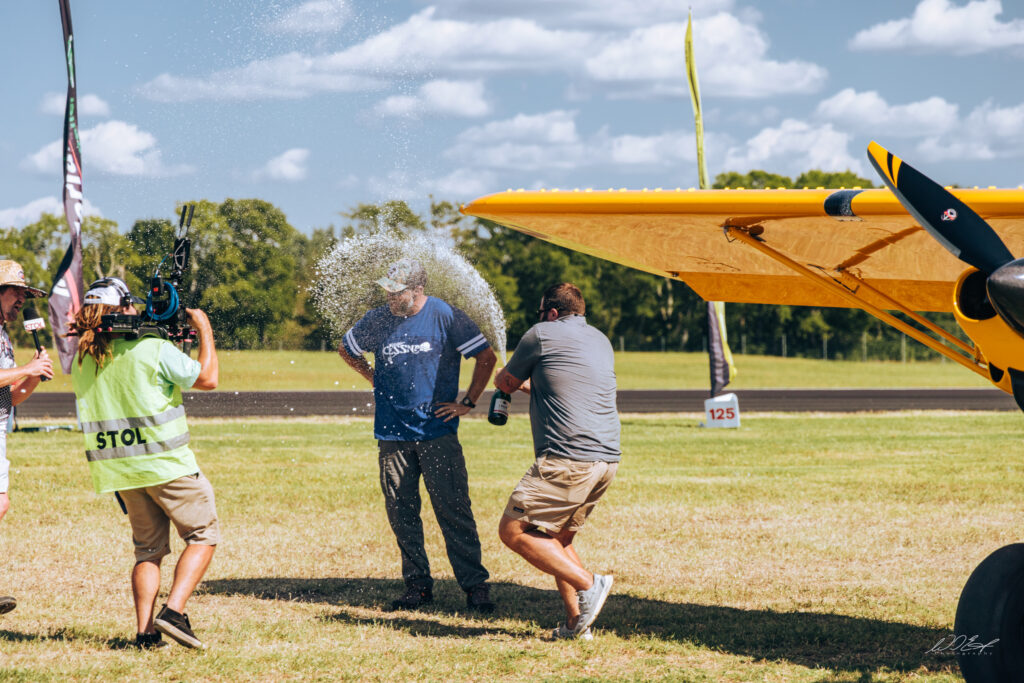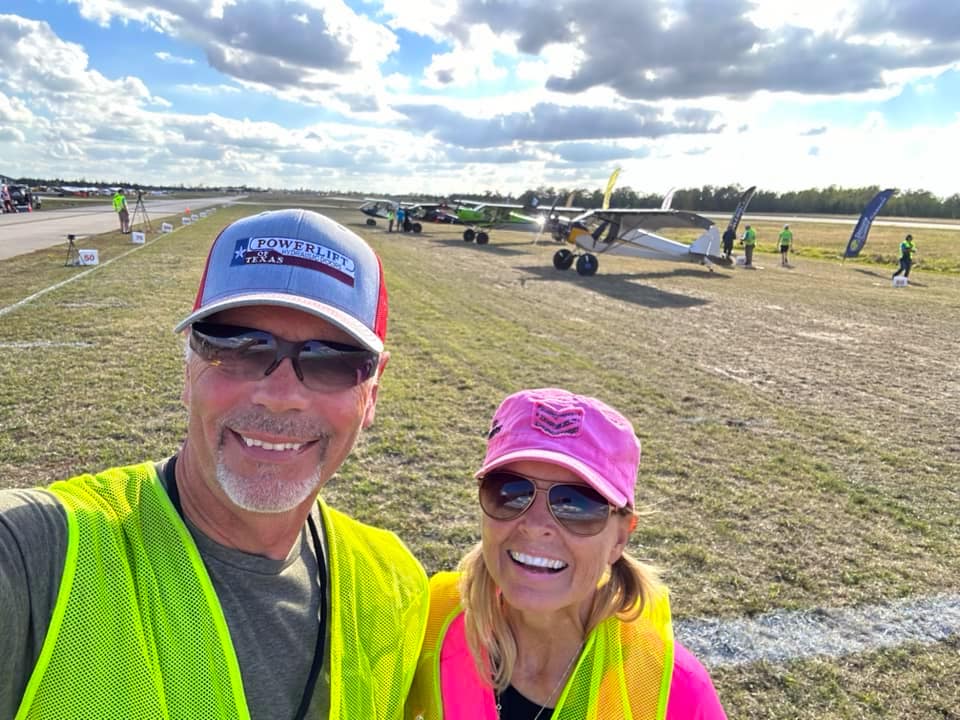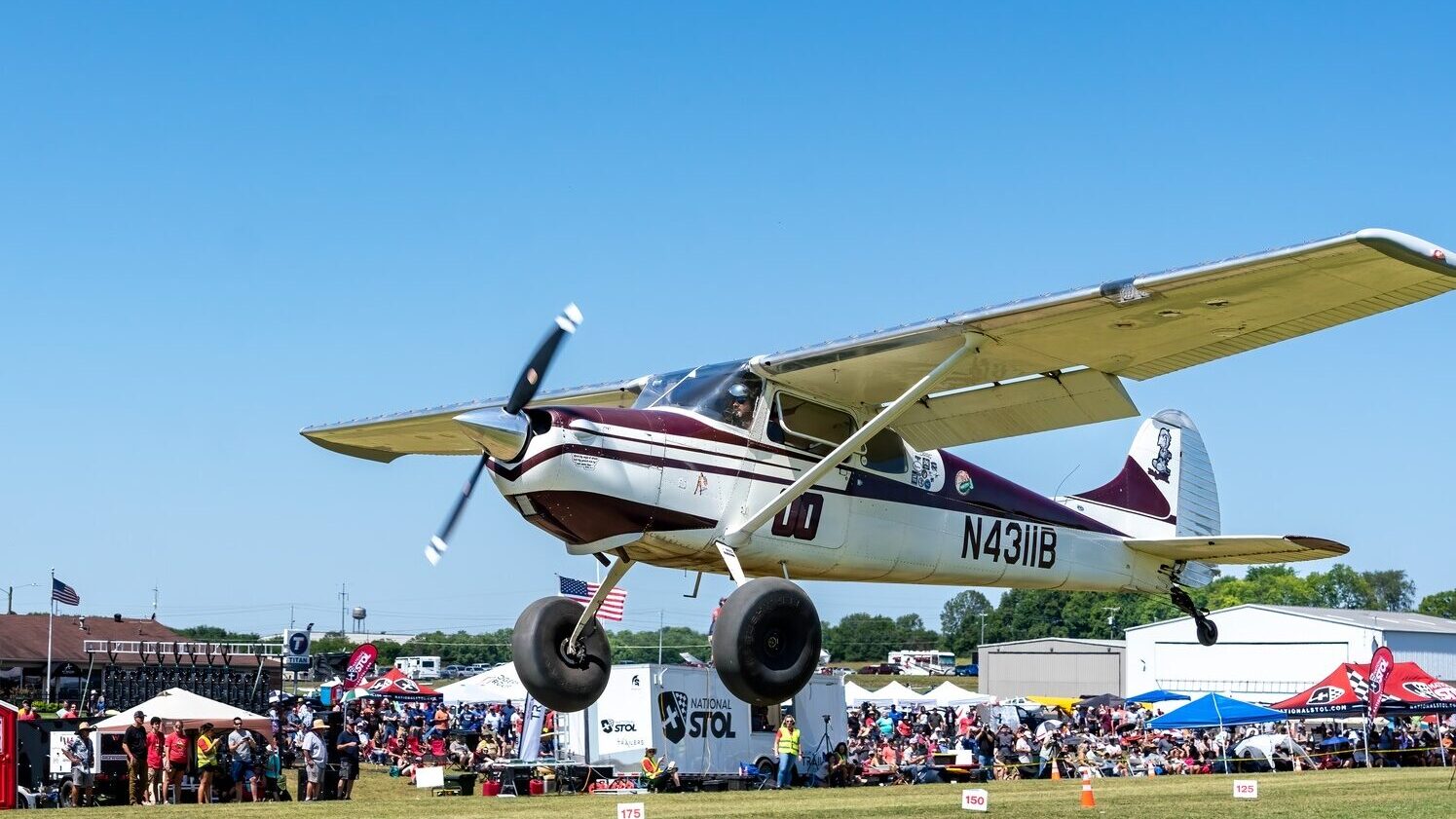
National STOL (Short Take Off and Landing) represents a competitive series designed for pilots across the nation. Pilots compete in multiple events throughout the year, accumulating points towards an Annual Championship. While proficiency in short takeoffs and landings is typically associated with bush pilots navigating backcountry terrain, it is a skill that all aviators can and should refine, ensuring our competitions are accessible to anyone involved in general aviation.
Our vision at National STOL is simple: we introduce the excitement of general aviation to a nationwide audience, challenge pilots to better themselves, and foster the next generation of aviators. We collaborate with small airports and local tourism boards, shining a spotlight on their unique communities. Established in 2020, our series has demonstrated continuous growth, from two competitions in its inaugural year, four in 2021, six in 2022, eight in 2023, and ten in 2024. As we enter the 2025 season, National STOL plans to host twelve events from coast to coast. We look forward to developing both regional and national circuits in the coming years as the sport continues to grow.
In just 5 years, National STOL has become the leading Aviation Competition Series in the nation. The 2024 Series attracted more than 145 teams and almost 20,000 attendees in person, with more than 760,000 individuals tuning in online to the live broadcasts. In addition, National STOL is the United State’s best promoted annual aviation competition series, with more than $75,000 paid and promotional advertising, and a publicity value in excess of $545,000.
Through a combination of in-person events, live/pre-recorded broadcasts, and active social media engagement, National STOL extends its influence to a wider audience than ever before. This expansive reach allows us to share the excitement of our competitions on an international scale, fostering greater appreciation for general aviation.
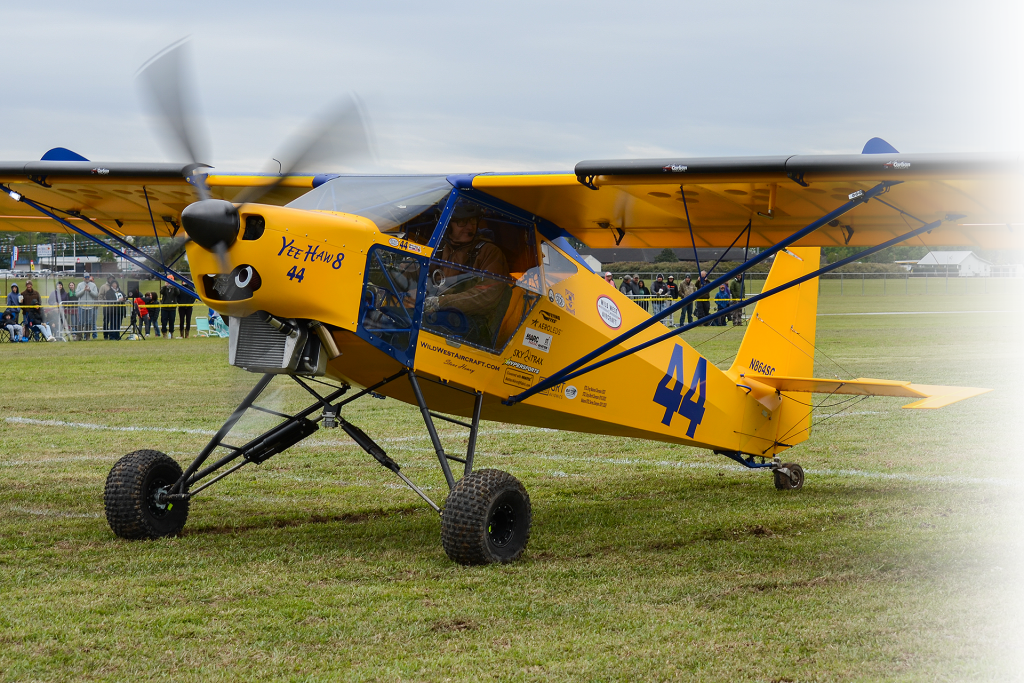


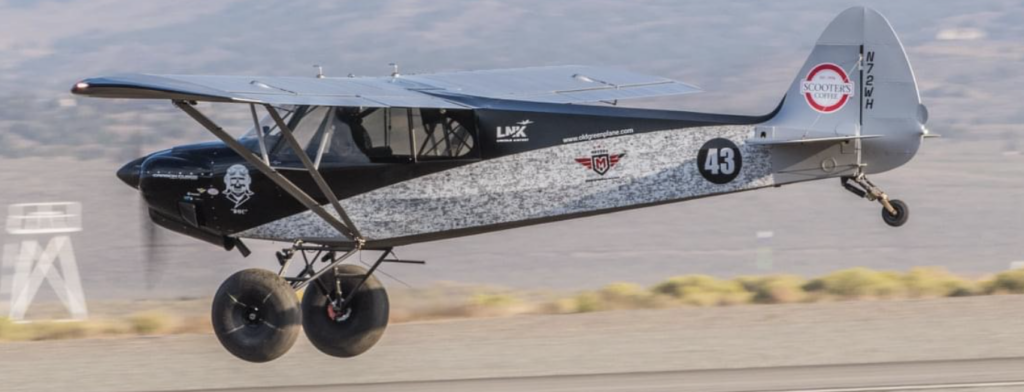
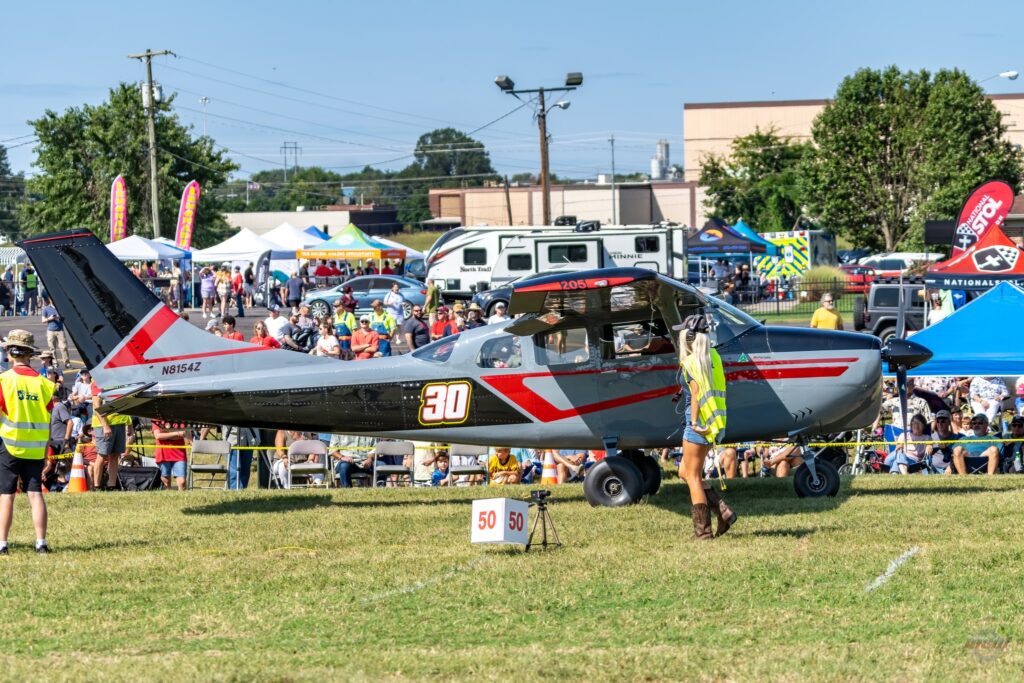
A History of STOL Flying
Short Take Off and Landing (STOL) aircraft are built to get in and out of an area in the shortest distance possible. Some aircraft are designed from inception to be STOL airplanes, and others have just been modified to make them more capable. They can operate on and off airport; on grass, snow, ice, and sand. A traditional runway is not necessary. Often used today in the backcountry for hunting, fishing, camping, and even search and rescue, STOL aircraft may also be seen on ranches and farms helping with day-to-day operations.
There is no set size requirement for a STOL aircraft. They can be one seat, two seat, or carry the whole family. Put aside all your prejudices towards what you think a STOL aircraft is-you’ll see everything from Steve Henry’s custom Just Aircraft Highlander, “Yee-Haw 8,” to stock Cessnas at a National STOL Event.
How It Started
STOL aircraft, like many other technologies, owe their heritage to a diverse history in the military. Barely 10 years after the Wright Brothers made their first flight in 1903, aircraft were called upon in battle for the first time during World War 1, primarily in reconnaissance roles. These aircraft were clumsy and couldn’t carry much load. As technology and strategy advanced in the following decades, military commanders saw the potential for aircraft to play an integral role. Features to were developed to increase wing lift and capable load, such as leading edge slats, which appeared as early as 1919.
The Piper J-3 Cub, first built for civilian use in 1938, is an example of an aircraft that benefited from these advances. It was designed as a light aircraft with excellent short field performance and low speed handling. It became quite popular in the Civilian Pilot Training Program, and as World War II broke out, many of these students lent their experience towards further military aviation training and the development of the Civil Air Patrol. The Piper J-3 itself was converted to military use (L-4, NE-1), coming to be known affectiately as “Grasshoppers.”
Also developed in World War II was the Fieseler FI 156 Storch, widely considered to be the first purpose designed “modern” STOL aircraft.
Other manufacturers continually tweaked the designs from the venerable J-3 Cub or other early designs to make their own versions of STOL planes, in a natural competition of “anything yours can do mine can do better.”
Alaskans made STOL flying into a competition in the early 1980s, and their competitive spirit continues today in Valdez, Alaska, each and every year. National STOL recognizes the vast history of STOL and expands it to a nationwide audience.
Why are you holding a competition? Why is it fun?
Imagine being able to land an aircraft in 10 feet, 5 inches. Now takeoff in 14 feet, 7 inches. That is exactly what Frank Knapp did in his 1939 (slightly custom, and significantly modified) Piper Cub at Valdez. Through competition, you learn what your aircraft is capable of.
But it’s not all the aircraft–this is a demonstration of the skill of the pilot, as well. Pilots practice for months and years to get the exact approach that will lend itself to the shortest distance. These hours behind the stick to enhance essential skills for competition make better pilots who are more in tune with their airplanes, as well.
These competitions allow pilots to practice and demonstrate STOL abilities in a controlled environment. Then, when they are actually out in the backcountry, they are safer pilots with a greater confidence and increased knowledge of the capabilities of themselves and their aircraft.
Along with making better pilots and providing a platform to push the leading edge of innovation in aircraft design forward, National STOL competitions are just a good time. Local hosts help plan fly outs, dinners, and events to showcase their area. Families come out with their children, who are inspired by these highly skilled aviators. Volunteers sign up to help sell t-shirts and end up enrolling in flight lessons the following year. Pilots become lifelong friends and get the added bonus of bragging rights when they best their closest competition. As we’ve heard many times before…
Come for the flying, stay for the people.

